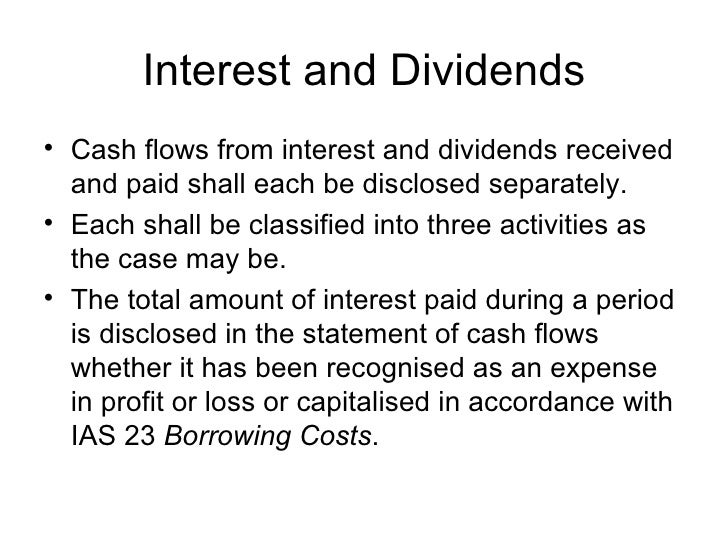

Pursuing such objectives in a business environment would probably be better in the political realm, where profits would be much higher. But managers are reluctant to do so, and they may not fully appreciate how pursuing these objectives increases shareholder wealth. In many cases, shareholders prefer to pursue goals other than wealth maximisation. While companies can make any number of decisions to increase profits, wealth maximisation is the best strategy for decisions that affect the interests of shareholders. It also helps a business build reserves for future growth, recognise the value of regular dividends, and retain a fair market price for its stock.

Wealth maximisation is a strategy for companies that seek to maximise profits while meeting the needs of all stakeholders. Let’s start with understanding wealth maximisation meaning. It was popularised in the 1980s and 1990s in conjunction with the management concept of value-based decision making. Value of shareholders is a commercial term that is sometimes referred to in the context of the "shareholder value" or "maximisation of shareholder value" model, meaning that the sole measure of the success of a business is beneficial to investors. This article highlights the definition, examples of wealth maximisation from business, advantages and a few intricacies. This process of wealth maximisation allows investors to predict the net present value of the investment accurately and identify the underlying cause for its success. If the project is profitable, its net present value will exceed the expected rate of return. Profit is a key part of wealth maximisation, so decision-making is based on cash flows. The idea of wealth maximisation has its roots in the economics of cash flows.


 0 kommentar(er)
0 kommentar(er)
